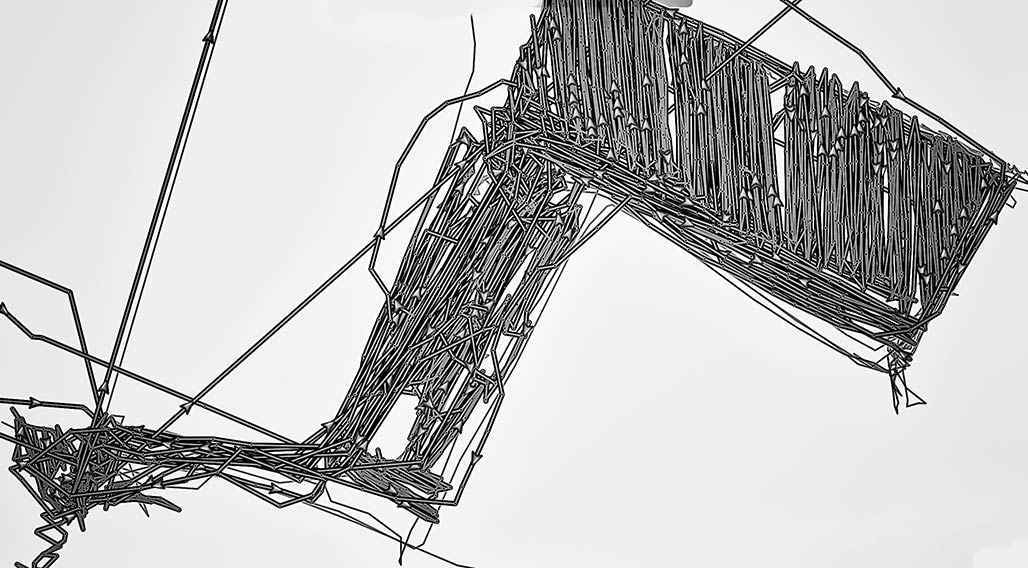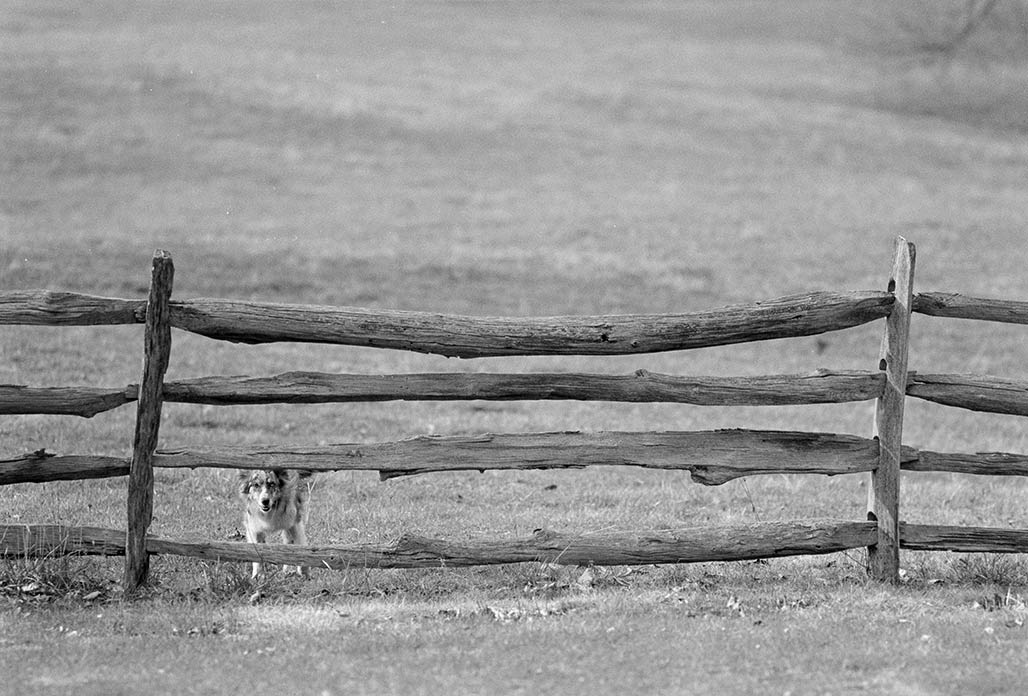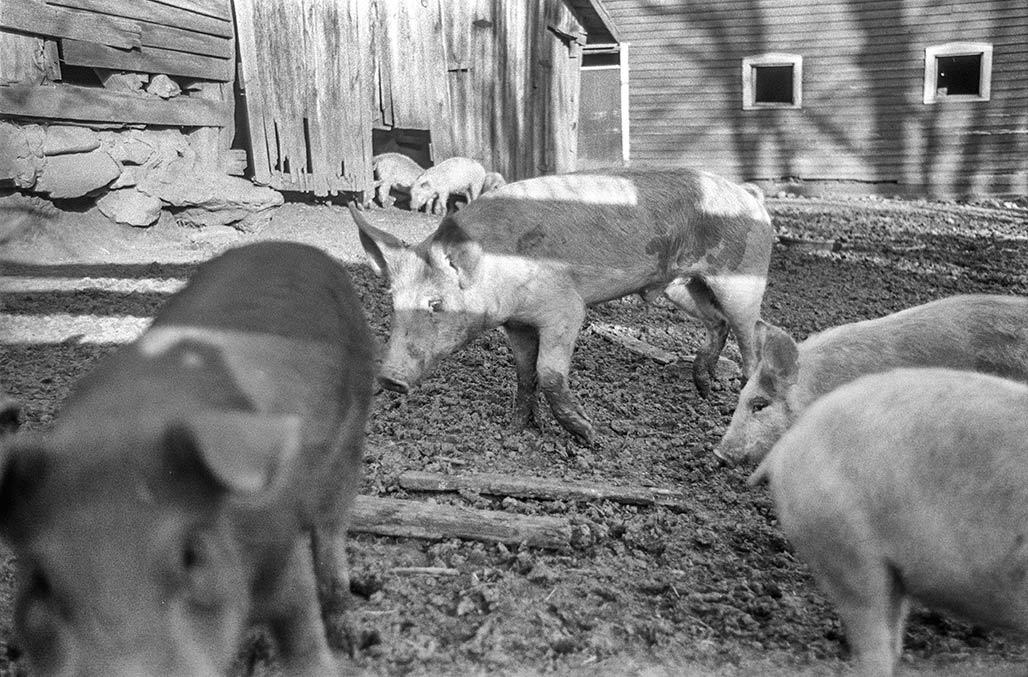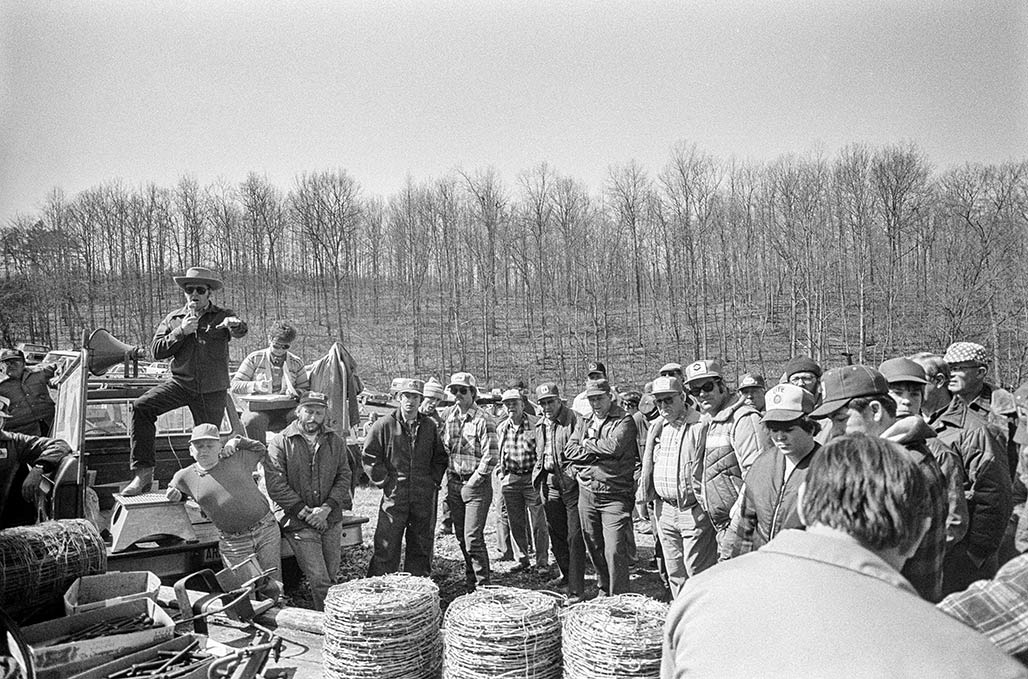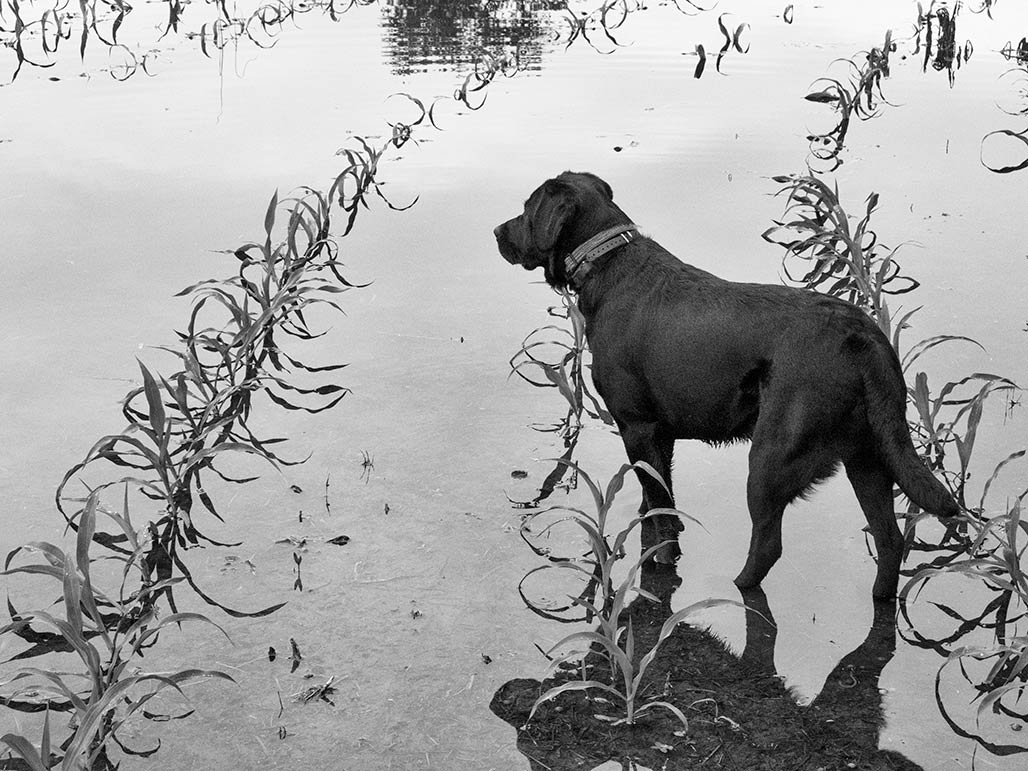
Bicyclist, Stari Grad Plain, UNESCO World Heritage List since 2009. This cultural landscape has remained largely intact since it was first colonized by Ionian Greeks from Paros in the 4th century BC. The original agricultural activity of this fertile plain, mainly focusing on grapes and olives, has been maintained from Greek times to the present. The landscape features ancient stone walls, small stone shelters, and it testifies to the geometrical system of land division used by the Greeks.—UNESCO




